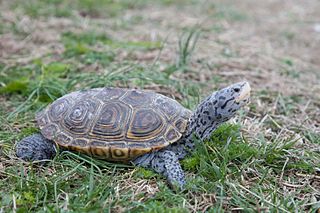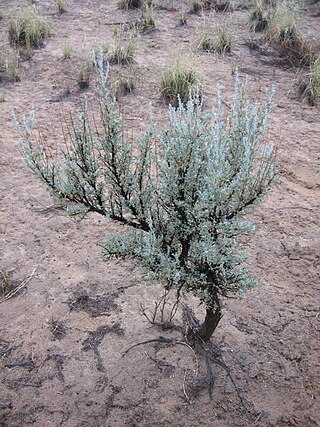Giant chiton is a common name for several chitons and may refer to:
- Cryptochiton stelleri , native to the North Pacific Ocean
- Dinoplax gigas , native to coastal South Africa
- Plaxiphora obtecta , endemic to New Zealand
Giant chiton is a common name for several chitons and may refer to:
Sycamore is a name which has been applied to several types of trees, but with somewhat similar leaf forms. The name derives from the Ancient Greek σῡκόμορος meaning 'fig-mulberry'.

Chitons are marine molluscs of varying size in the class Polyplacophora, formerly known as Amphineura. About 940 extant and 430 fossil species are recognized.

Sago palm is a common name for several plants which are used to produce a starchy food known as sago. Sago palms may be "true palms" in the family Arecaceae, or cycads with a palm-like appearance. Sago produced from cycads must be detoxified before consumption. Plants called sago palm include:

White spruce is a common name for several species of spruce (Picea) and may refer to:
Lorica, a Latin word literally meaning "body armour", may refer to:

Polecat is a common name for several mustelid species in the order Carnivora and subfamilies Ictonychinae and Mustelinae. Polecats do not form a single taxonomic rank. The name is applied to several species with broad similarities to European polecats, such as having a dark mask-like marking across the face.

A chiton is a form of tunic that fastens at the shoulder, worn by men and women of ancient Greece and Rome. There are two forms of chiton: the Doric and the later Ionic. According to Herodotus, popular legend was that Athenian women began to wear the chiton as opposed to the peplos after several women stabbed a messenger to death with the bronze pins characteristic of the peplos.

The gumboot chiton, also known as the giant western fiery chiton or giant Pacific chiton, is the largest of the chitons, growing to 36 cm (14 in) and capable of reaching a weight of more than 2 kg (4.4 lb). It is found along the shores of the northern Pacific Ocean from Central California to Alaska, across the Aleutian Islands to the Kamchatka Peninsula and south to Japan. It inhabits the lower intertidal and subtidal zones of rocky coastlines. The gumboot chiton's appearance has led some tidepoolers to refer to it, fondly, as the "wandering meatloaf". The name "gumboot chiton" seems to derive from a resemblance to part of a rubber Wellington boot or "gum rubber" boot.
Steller may refer to any of the following, all named after the botanist, zoologist, physician, and explorer Georg Wilhelm Steller:

Cryptoconchus porosus, the butterfly chiton, is a species of chiton, a marine polyplacophoran mollusc in the family Acanthochitonidae.

Terrapins are a group of several species of small turtle living in fresh or brackish water. Terrapins do not form a taxonomic unit and may not be closely related. Many belong to the families Geoemydidae and Emydidae.
Native may refer to:
Camphorweed is a common name for several plants and may refer to:

Acanthopleura granulata, common name the West Indian fuzzy chiton, is a medium-sized tropical species of chiton. This type of chiton's activity does not depend on spring-neap oscillations leading to lower locomotion loss. Its morphology is different from usual chitons as it has a fifth valve, which is split into halves.

Sagebrush is the common name of several woody and herbaceous species of plants in the genus Artemisia. The best-known sagebrush is the shrub Artemisia tridentata. Sagebrushes are native to the West Coast of North America.
Leptochiton may refer to:
Chiton is a sub-family of marine molluscs in the family Chitonidae.
Amicula may refer to:
Loricella is the scientific name of two genera of organisms and may refer to: